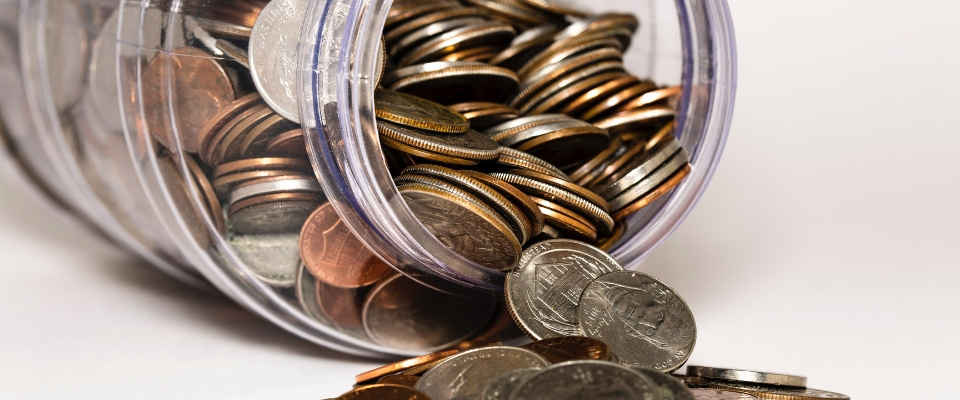The new Direct Recovery of Debts (DRD) powers will allow HMRC to target non-compliant taxpayers who owe more than £1,000 and who have sufficient funds in their accounts to pay. The proposals included measures to leave a minimum of £5,000 so as not to create unnecessary financial trouble for those affected.
However, HMRC will be able to recover debt directly from cash held in the bank and building society accounts, in credit, of debtors who have the means to pay but choose not to do so. This includes funds held in cash in Individual Savings Accounts (ISAs). Following discussions with stakeholders, the government has confirmed that debt recovery through DRD will not apply to stocks and shares ISAs.
HMRC has said it will only take action against those who have established debts, have passed the timetable for appeals, and have repeatedly ignored HMRC’s attempts to make contact. HMRC has also said there will be specific help for those with genuine financial difficulties paying tax or clearing a debt.
It remains to be seen exactly how this will work. A dedicated telephone line for appeals and for people to make other arrangements to pay their debts will be set up.
This measure will take effect on and after the date of Royal Assent of the Summer Finance Bill 2015. HMRC has published a briefing explaining how it will recover tax or tax credit debt directly from the bank and building society accounts. The briefing document details how DRD will work in practice, and the safeguards HMRC will apply. HMRC estimates the new DRD will apply to around 11,000 cases per year amongst more than 50 million taxpayers.



